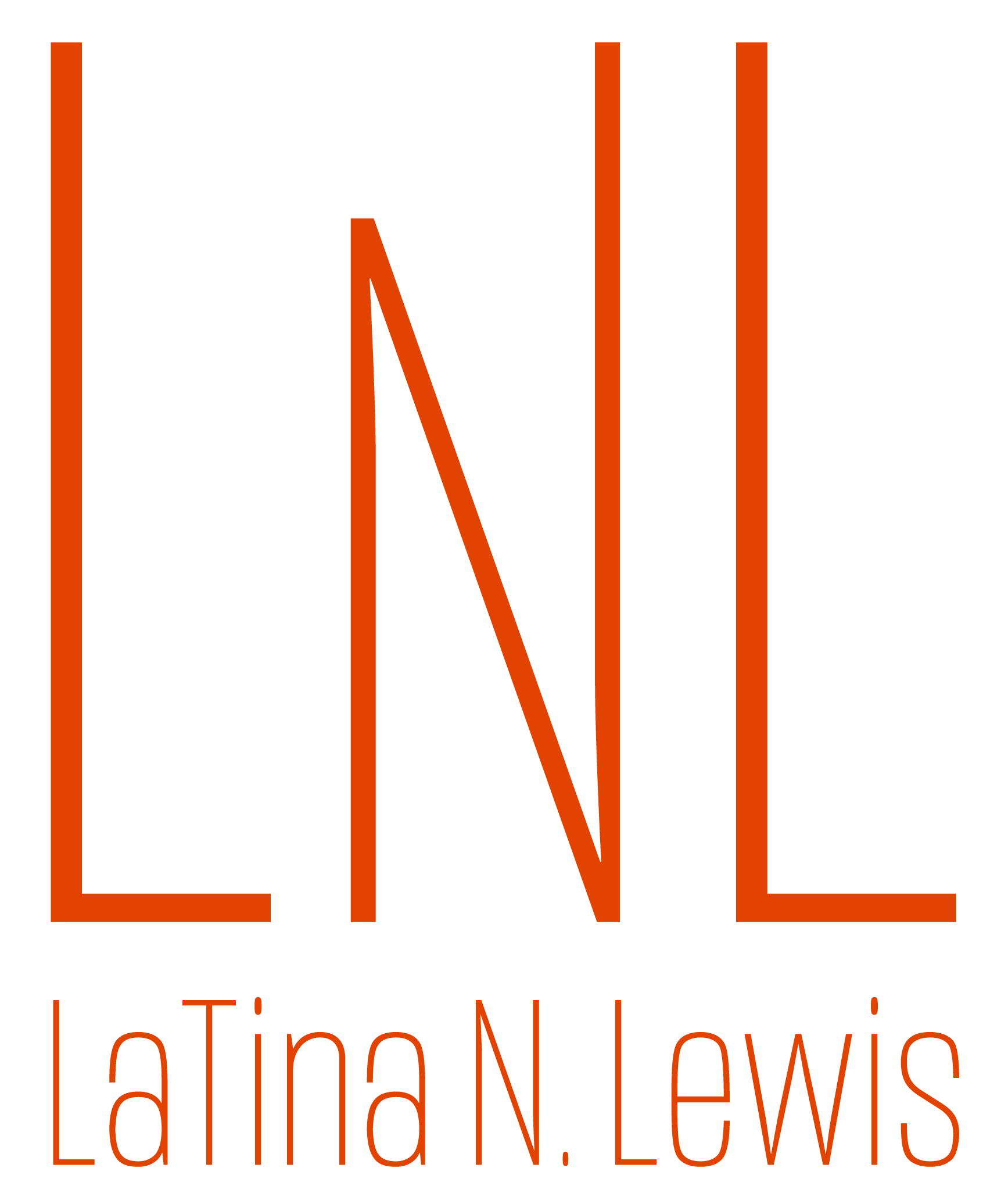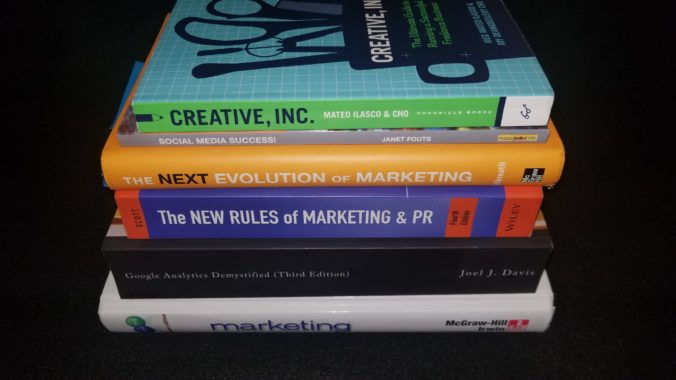According to “The Evolution of Facebook for Brands,” 2009 was the year consumers ‘became a fan’ of brand pages, and by 2010, it was marketers who turned page posts into advertisements, not communicators. While marketers applied historical marketing tactics to this social network newly fit for businesses, communicators honed skills fit for the past.
Traditional journalism and communications consists of print media and broadcast journalism such as: newspapers, magazines, newsletters, brochures, television, and radio, to name a few. Once social media marketing grew in popularity, business leaders included its process into their company’s goals to help reach consumers and remain competitive. However, academia was and still is, slow to change.
The research article, “2015 Survey of Journalism and Mass Communication Enrollments: Challenges and Opportunities for a Changing and Diversifying Field,” reported that among college students, traditional journalism degrees were not particularly marketable.
As a result, the 2013 and 2015 surveys showed significant declines in enrollment on college and university campuses. The number of undergraduate students in journalism (undifferentiated) decreased by 16.3 percent, news editorial and print journalism decreased by 13.9 percent, and broadcast news and broadcast journalism decreased by 6.7 percent.
In the article, “New MJ-school curriculum aims to prepare students for new job market,”
Charlie Tuggle, senior associate dean of the School of Media and Journalism at University of North Carolina at Chapel Hill, was interviewed.
He observed: “Looking at where the industry is and where it’s heading, you no longer have a very defined, ‘I’m a still photographer,’ or ‘I’m a page designer.’ That just doesn’t work anymore.”
In late 2017, his school announced a new curriculum structure that combined eight concentrations into two areas of study: Journalism, and Advertising and Public Relations. Business Journalism was created as a special third area.
Laura Ruel, incoming director of journalism, said the new curriculum will enable future students to be fit for a multitude of opportunities in the job market.
She pointed out, “The jobs are all changing. Our students are going to embrace this change by coming out being able to use these new technologies and new skills to do news and tell stories.”
Collectively, Dorothy Bland, Monica Herk, and Mark Stencel & Kim Perry confirmed the job market’s current state and would all agree with Ruel. They described that “industry professionals have expressed interest in hiring individuals who have skills such as HTML coding, data analytics, digital design, new media literacy, visual storytelling, real-world problem solving, entrepreneurship, and diversity and cultural awareness.”1
These skills are the minimum requirements for communicators. Without them, new graduates and even behind-the-curve professionals may have a difficult time landing a job.
To become more employable, students entering J-School programs should take courses that will deepen their knowledge in several areas.
Caroline McMillan, business reporter for The Charlotte Observer, and Jennifer Best, journalist & author, were asked what advice they’d give someone breaking into the field. In the article, “How to Break into Journalism,” they acknowledged in their own way that students should be omniscient:
McMillan said, “When it comes to experience, it’s not good enough to have a couple of internships. You also need a portfolio of stories from those internships, clips from a school publication, online experience, a strong social media presence, and a handful of people — preferably in the journalism field — who can vouch for your skill set and professionalism.”
Best stated, “Learn the cutting-edge technology. Be ready to program. Be ready to design and manipulate websites, applications, and other outlet software. … A reporter who can research and write stories, shoot photos, format stories for the internet, and manipulate web pages or applications will be more marketable than a simple reporter.”
This advice is useful for current industry professionals as well. To stay current, they can take in-person and online courses, attend conferences, earn certifications, and read, read, read.
But what about journalist and communicators against analyzing data and measuring work?
Unfortunately for them, the job landscape has changed drastically since consumers ‘became a fan’ of brand pages, and it will continue to evolve. As companies better understand the value of marketing communications (MarCom) teams and the need for integrated marketing communications (IMC), the more they’ll expect communicators to know marketing practices.
Nevertheless, because J-School degree holders are formally trained, they have an opportunity to stand on their journalism and communications foundation and apply their practices in a new way. Communicators must become dually disciplined and hone skills fit for the present and of course for the future.


